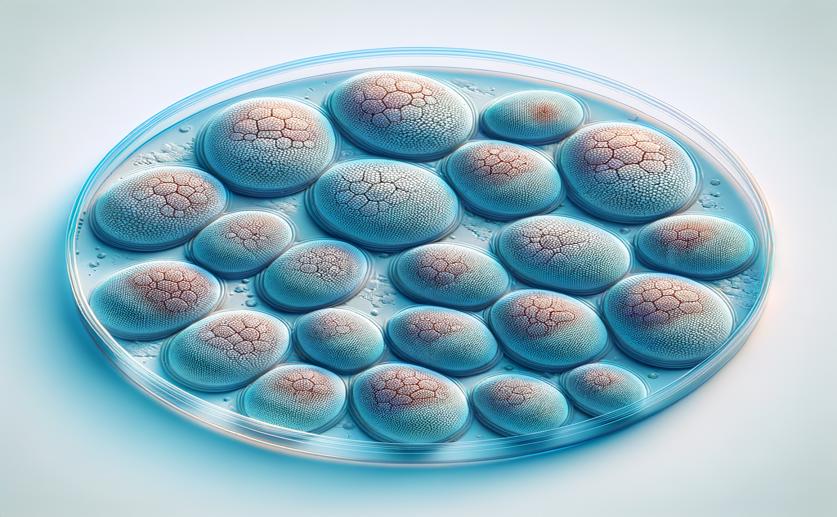
Surface Patterns of Sand Fly Eggs from Different Species
Greg Howard
14th May, 2024

Image Source: Natural Science News, 2024
Key Findings
- The study focused on sand fly species from various regions in Mexico
- Researchers used scanning electron microscopy (SEM) to examine the outer layer patterns of sand fly eggs
- They identified distinct exochorion patterns for ten sand fly species, which varied significantly between species
- These unique patterns can help accurately identify sand fly species, aiding in disease control efforts
GeneticsAnimal ScienceEvolution
References
Main Study
1) Exochorionic pattern of ten sand fly species (Diptera: Psychodidae: Phlebotominae) from Mexico
Published 13th May, 2024
https://doi.org/10.1186/s41936-024-00367-9
Related Studies
2) Morphology of the eggs surface of ten Brazilian species of phlebotomine sandflies (Diptera: Psychodidae).
3) A Review of Historical Phlebotominae Taxonomy (Diptera: Psychodidae).
4) A Historical Overview of the Classification, Evolution, and Dispersion of Leishmania Parasites and Sandflies.



 26th March, 2024 | Greg Howard
26th March, 2024 | Greg Howard